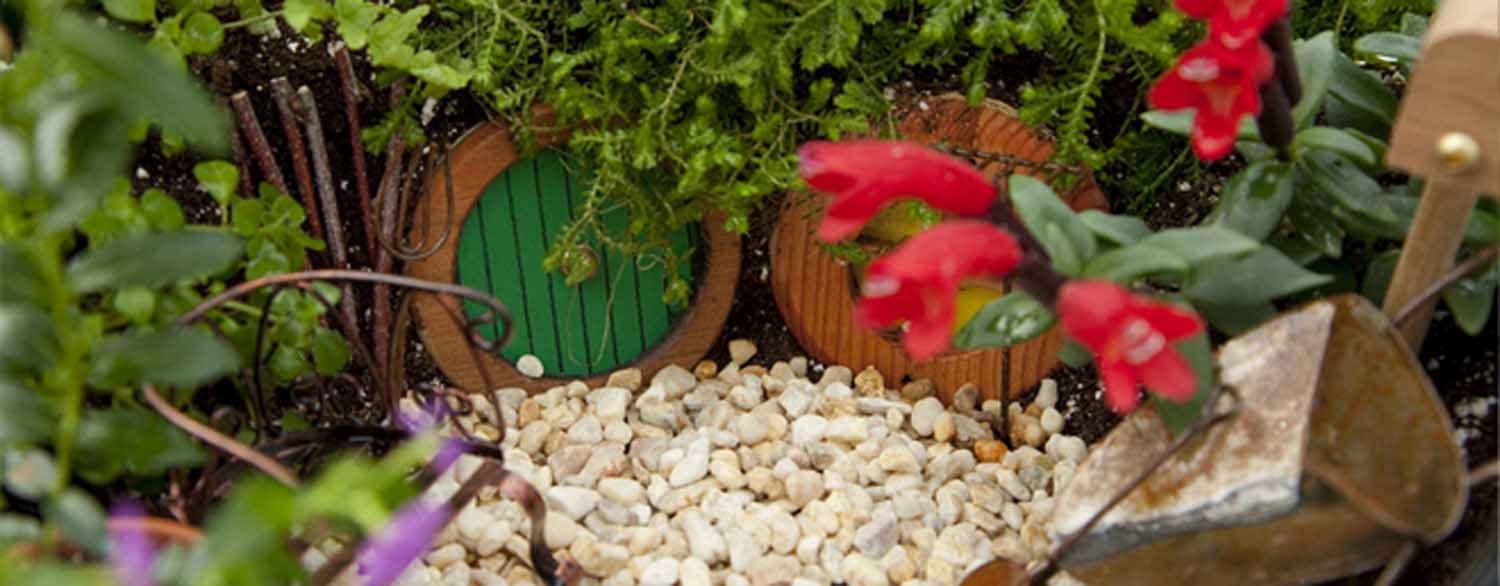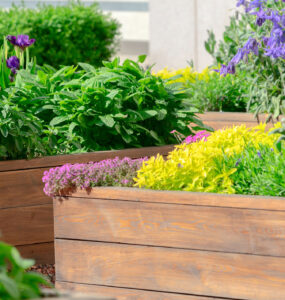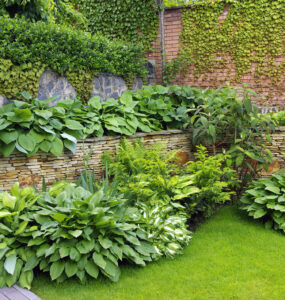A Story in a Garden: Creating a Miniature World
by Rob Sproule
Creativity is the spark at the heart of gardening. From designing container gardens to following honeybees on their rounds, being in the garden has the unique ability reconnect us with our daydreamer within.
Miniature gardeners turn ordinary plants into living tableaus to stoke our imaginations. Using small-scale plants and innovative, often hand-made, accessories, their storied stages range from tiny jarred terrariums to grand botanical scenes replete with building, paths, and rivers.
Miniature gardening has taken time to capture our collective imagination. In the past few years, Fairy Gardening (creating garden oasis’s for fairy homes) has taken flight in England, the US, and finally Canada. From there, green thumbed story-tellers have looked beyond fairy dwellings to paint an array of living pictures.
If you can dream it, you can miniaturize it. In the last year I’ve seen Christmas gardens with reindeer and artificial snow (perlite), dinosaur gardens with toy T-Rexes lumbering amidst pint-sized cycads, and even Hobbit gardens, with ferns and mosses overhanging pebbled pathways leading to round doors so inviting you can almost smell the pipe-weed.
Creating a Miniature World
The key to making your illusion believable is to make sure every plant and accessory in the garden is to the same scale, which helps suspend doubt and invites our inner child in to play. One large-leafed plant or over-sized chair could destabilize the illusion. The magic of miniatures is in the details; pay attention to those and your story will come alive.
Make a list of the plants that fit with your chosen illusion. For a Jurassic world teeming with dinosaurs, choose prehistoric plants like ferns, small cycads (Sago palm are fairy easy to find), and bizarre looking succulents, which are so cool no one will care that they aren’t actually prehistoric.
If you’re making a Hobbit garden, choose plants that Bilbo and Sam would love. While Tolkien populated the Shire with English countryside favourites like Nasturtiums, Sunflowers, and Snapdragons, you may find that these are too large for your scale. I prefer small ferns, club mosses, polka dot plants and small leafed herbs, and heather or tiny violets for flowers.
Holiday miniature gardening is becoming a popular project during Halloween and Christmas. Spooky looking plants include bizarre succulents and anything dead or dying (including those old ferns you didn’t water). Christmas is, of course, more festive with sprigs of holly, club moss and, of course, the smallest evergreen trees you can find.
Miniature Garden Care
It’s up to you whether you allow your garden to overgrow (that aged look), or trim it regularly to keep it as manicured as a French chateau.. If you’re tending Bag-End, you may want to let it grow so it looks like Bilbo has lived there for decades, while you will want to keep your Christmas-themed North Pole under more control. Avoid fast growing ivy’s and annuals unless you’re willing to keep them trimmed.
I recommend using tropical plants, like succulents and ferns, or annuals, like violas and lobelias, instead of hardy plants. While the latter will either perish outside in a container or become sickly indoors, tropical plants are easily brought indoors and annuals are cheap to replace each spring.
Even as you get inevitably caught up in the euphoria of creation, remember the practicality of planting. Ensure that you have proper drainage, light, and that your little plants aren’t jammed in so tight that their roots can’t expand and call the garden home.
















